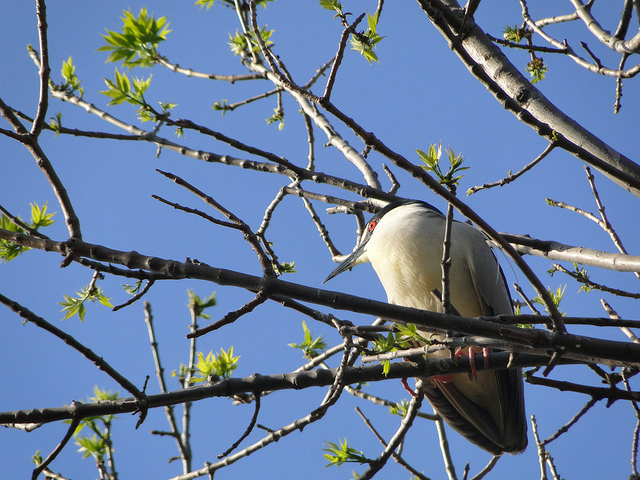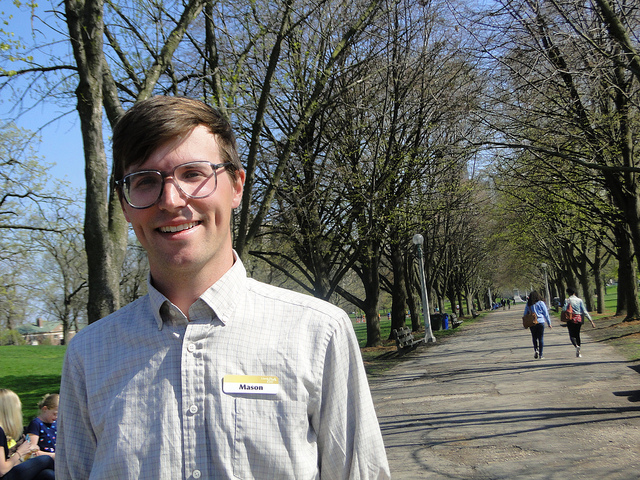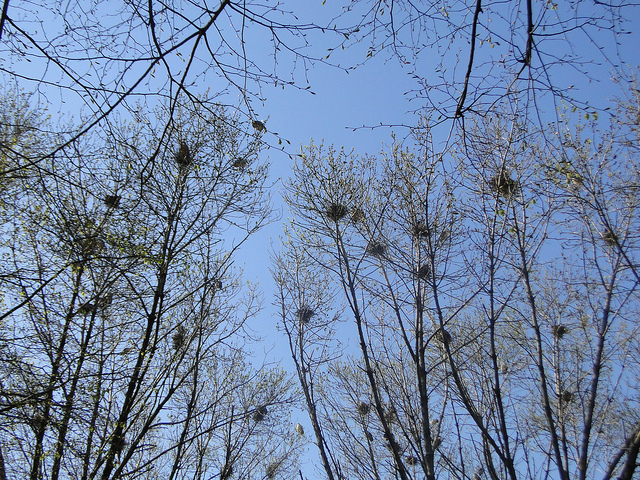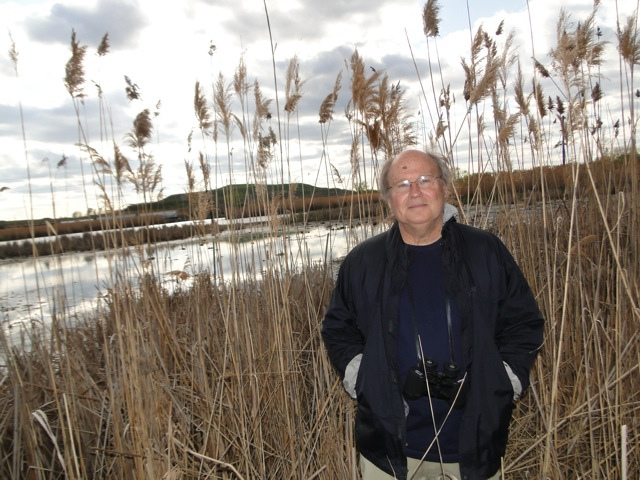Endangered herons make themselves at home in Lincoln Park
By By: Linda Paul

Endangered herons make themselves at home in Lincoln Park
By By: Linda Paul
Just south of Chicago’s Lincoln Park Zoo, there’s a lovely promenade of trees, sometimes called an allee. This is a well-trafficked and noisy part of Lincoln Park, packed with joggers, soccer players and a perpetual stream of people walking their dogs.
It seems like an unlikely spot to find a species endangered in Illinois. But that’s exactly what has happened.

His route is very specific, and for good reason. When a colleague purchased an old book about Lincoln Park’s migratory bird community from 1898 to 1903, they decided to update the data they discovered.

They’re a colony nesting species, Fidino said. They really prefer to be in close proximity to one another when they build nests and give birth.
The social pull must be strong. Because every day the population grows, and at last count there were over 440 of these endangered herons throughout the Lincoln Park Area.
“Prior to 2009 we only had a small number of night herons that nested here and this was only in the island and nature boardwalk,” Fidino said.
Where they came from

Wetland grasses and spongy black earth give way to what I can only call “sink mud.” Ahead, I see long, meandering stretches of water that seem to melt into a distant landfill and a lonely railroad track. To this girl from the Northwest side – this is like another land.
Black-crowned herons have lived here for at least a hundred years. That is documented by ornithologists. But Marcisz thinks it’s likely the birds actually lived here for thousands of years. “This was a pristine wetland,” he said. “It defies logic that they wouldn’t have been here.”
So why’d they all go?
“A lot of the other herons that nest in this area are larger species,” Marcsiz said, and they pushed black-crowned night herons out of the colonies. But in one sense the black crowned herons have an edge over the big guys.
“They are much more forgiving in terms of nest sites,” Marcisz said. “They will nest in reeds above the water or [in] a number of other sites that other herons are not so tolerant of.”
And so when pushed around by the big guys in this marshy neighborhood, black-crowned night

“If the water is too high, the nest gets flooded. If the water is too low and there’s a drought, they’re susceptible to predation. And to my way of thinking, that contributed heavily to their looking for a new site,” Marcsiz said.
Okay, so the birds abandoned this marsh. But what makes Marcsiz think these are the same black-crowned night herons that ended up in Lincoln Park?
Here’s one clue: Before the mass exodus, one evening he and others counted approximately 600 black-crowned night herons leaving the Calumet area, en masse, to feed. And they had another crew of observers set up in Lincoln Park, just waiting. About a half hour later the Lincoln Park crew observed about the same number of herons headed to Lake Michigan, apparently seeking fish.
“I guess in April there’s a big run of alewives and that’s mostly what they’re bringing to feed their babies,” Marcisz said.
And at some point some of these birds may have figured out there’s an easier way.
“Common sense, right?” Marcisz said. “Why travel 20 miles when you can just set up camp right next to Lake Michigan?”
Advent of the citizen scientist

Eleven-year-old Hadrien is one. He’s here for a school project but also hopes to become a nature photographer one day. He’s been watching the herons build their nests.
“They actually grab the end of a branch that they want and they fly backwards,” Hadrien said, “to try to rip it off instead of twisting it with their beak. Which I thought they would do.”
Meanwhile, Jean Valerius has brought a pencil and an index card to the park. She’s numbered each tree on the east and west sides of the allee and carefully records the numbers of birds she spots in each.
Not everyone, however, is quite so solicitous of these birds. Mariann Pushker, for one, is put out by all the droppings.
“They’re ruining the park as far as I’m concerned,” Pushker said. “I’m sorry that you’re an endangered species, but go home!”
Pushker’s friend Patricia McCloud is also annoyed but wants to know if the birds are endangered.
“I don’t know,” Pushker said. “I wish I had a BB gun. I’d shoot ‘em at night.”
For the next few months no one has to worry about droppings from under the nests. Because, as they’ve done for the past few years, the Chicago Park District has just fenced the area off to protect the fledglings, the baby birds, who sometimes fall to the path.
But fence or no fence, says Jean Valerius, you can still see a lot.
“Last summer when they were learning to fly, they kind of used this as a runway to take off,” Valerius laughs.
Most park goers seem to find it quite a show. And it’s one that will go on at least until August.




